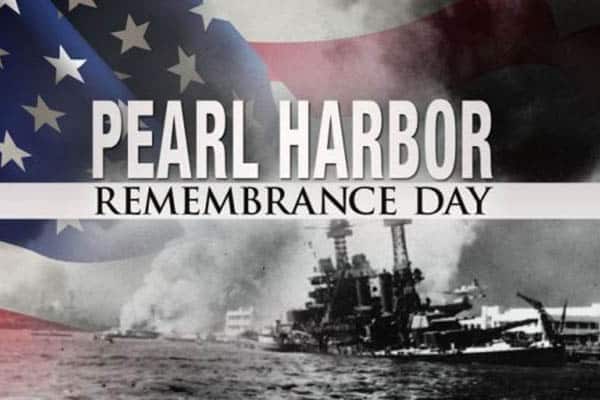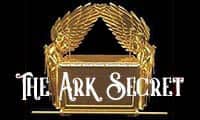A Date Which Will Live in Infamy
 On December 7, 1941, just before 8:00 am, the Imperial Japanese Navy Air Service launched a surprise attack on the United States. The U.S. naval base at Pearl Harbor, located on Oahu, Hawaii, was attacked by 353 Imperial Japanese fighters in two waves.
On December 7, 1941, just before 8:00 am, the Imperial Japanese Navy Air Service launched a surprise attack on the United States. The U.S. naval base at Pearl Harbor, located on Oahu, Hawaii, was attacked by 353 Imperial Japanese fighters in two waves.
The attack destroyed eight massive U.S. battleships and more than 300 airplanes. In total, 2,403 Americans were killed as a result of the attack, and 1,178 others were wounded.
Almost half of the Americans who died that day were aboard the USS Arizona. An 1,800-pound bomb was dropped on the battleship and landed in the ship’s forward ammunition magazine. The ship then exploded and sank, killing 1,000 men who were trapped inside.
Seven and a half hours later on that day, Japan officially declared war on the United States and the British Empire.
The following day, President Franklin D. Roosevelt addressed the nation in a Joint Session of Congress. The opening line of the speech began, “Yesterday, December 7, 1941 – a date which will live in infamy…”
The United States, up until the attack on Pearl Harbor, was a neutral nation. On December 8, the United States Congress declared war on Japan, and so led to the U.S. formally entering World War II.
Japan’s attack on Pearl Harbor was designed to destroy the United States’ Pacific fleet. Almost the entire fleet was moored around Ford Island in the harbor and hundreds of airplanes sat in nearby airfields.
However, as it turns out, one of our Navy’s most important types of vessels, our aircraft carriers, were not there that day. These aircraft carriers played the critical role of bringing planes to distant battle areas around the Pacific.
All three of the Pacific Fleet’s carriers were away from Pearl Harbor on December 7. The USS Enterprise was on its way back to Pearl Harbor, after transporting 12 Marine Corps F4F-3 Wildcat fighters to Wake Island. The USS Lexington was sent to Midway Island to deliver 18 Marine Corps SB2U Vindicator dive bombers. The last, USS Saratoga, was in San Diego after going through months long refit.
Our other four carriers, USS Ranger, USS Yorktown, USS Hornet, and USS Wasp were stationed on the East Coast.
The absence of the carriers that day proved to be crucial to the United States’ success in future battles in the Pacific. American aircraft carriers played important roles in the Battle of Coral Sea (May 4-8, 1942) and the Battle of Midway (June 4-7, 1942).
The USS Lexington and USS Yorktown successfully damaged a Japanese carrier and sunk supporting ships during the Battle of Coral Sea. However, the USS Lexington was critically damaged (and later scuttled), and the USS Yorktown was badly damaged as well. Despite this, USS Yorktown was able to return to Pearl Harbor for repairs. The carrier was put to sea only 72 hours later, even though it was originally thought repairs would take weeks. Accordingly, Yorktown was able to provide support at the Battle of Midway.
During Midway, Yorktown took on counterattacks by the Japanese, providing cover for USS Enterprise and USS Hornet. Though the Japanese crippled Yorktown, their losses proved substantial, having lost four aircraft carriers during the battle. It is considered a turning point in the War in the Pacific.
A Side Note
Jeannette Rankin was the first woman to be elected to federal office in the United States. She was also the only member of Congress to vote against declaring war on Japan and entering World War II. She had been one of a handful of members who earlier in her life had voted against entering World War I as well. While some may argue there were valid reasons to vote against WWI, there was no justifying voting against defending ourselves from the Japanese after their sneak attack on Pearl Harbor.
It is important to remember Pearl Harbor and honor the lives lost on that day. It is also important to remember our nation unified, fought, struggled, and prevailed.
On the 82nd anniversary of the attack on Pearl Harbor, I commend our men and women in uniform, both past and present, for their service.
If you have questions, concerns, or comments, feel free to contact my office. You can call my Abingdon office at 276-525-1405 or my Christiansburg office at 540-381-5671. To reach my office via email, please visit my website at www.morgangriffith.house.gov. Also on my website is the latest material from my office, including information on votes recently taken on the floor of the House of Representatives.









